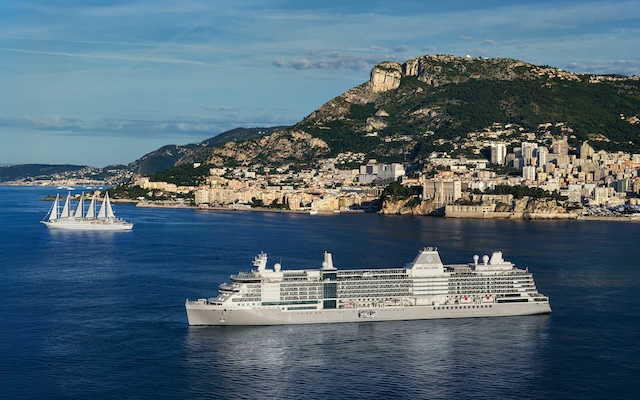The Hat Yai Songkhla Hotels Association has stepped in as one of the key private-sector responders to the severe floods that have paralysed Songkhla province since November 21, with the team forging their way through floodwaters daily in an attempt to rescue and provide sustenance to thousands of tourists stranded across the city.
Association president Sitthiphong Sitthiphatprapha has been coordinating food and supply efforts and helping stranded Malaysian tourists return home, with more than 4,000 still affected. He said the hotel-association network and consular partners began coordinating assistance from the first hours of the disaster, following urgent calls for help from the Malaysian Consulate in Songkhla and affected hotels across Hat Yai.

“We immediately set up teams and coordinated support for stranded guests,” he noted.
Sitthiphong said the current flooding exceeds the severity of the province’s last major flood in 2000, when water covered the first storey of some houses. This year, it has risen to levels knee-deep on the second floor.
Satellite data from the Geo-Informatics and Space Technology Development Agency, Thailand’s national space agency, showed on November 25 that large parts of the city – including sections of the downtown area – were submerged under more than four metres of water.
Beyond the scale of inundation, Sitthiphong said the shortage of transport and evacuation equipment created major obstacles. Large boats were needed to extract tourists from submerged hotels, and vehicles were required to transfer them onward to the Sadao border checkpoint – yet the association did not receive either in the quantities it had requested from the government.
“Tourists wanted to return home, but we simply had no cars available,” he stated.
Attempts to deliver food were repeatedly hampered by dangerous currents and electric lines floating directly beneath the surface of the water, causing many rescue boats to capsize.
Although Sitthiphong’s own businesses were not flooded, he has remained in the field coordinating responses from the association’s network and liaising with foreign missions, including the Singapore Embassy.
Sitthiphong said the economic damage can be viewed in two broad layers. The first is the immediate collapse of tourism revenue, with hotels, restaurants, entertainment and the entire visitor economy “effectively dropping to zero” during the disruption. The second is the physical toll on properties and infrastructure, with floodwaters damaging buildings, equipment and essential systems. A full assessment of these losses will only be possible once the waters recede.
Initial assessments indicate losses “easily in the thousands” of cases across the tourism sector.
Sitthiphong issued a frank assessment of the government’s preparedness and crisis coordination. He said: “I believe the government must treat this as a lesson and plan ahead to prevent a repeat of this situation. Tourists understand that this is a natural disaster. What they expect from Thailand is safety and proper care, and in this regard, we failed to meet their expectations.”
He added: “Even today, four to five days after the disaster began, many tourists still have not had any food to eat. They are very distressed.”
He emphasised that the association has poured all its efforts into returning stranded tourists home.
“If we take good care of them and ensure their safety, we can turn this crisis into an opportunity. But when a crisis occurs and we fail to act, the damage to our tourism image is substantial. Recovering that image later will be extremely difficult,” he warned.
On Wednesday, November 26, the Tourism Authority of Thailand announced it had launched a new Tourism Crisis Monitoring Centre to coordinate travel assistance for tourists with relevant authorities and deliver verified updates, while the Ministry of Foreign Affairs has set up a local command centre to assist tourists. The Ministry of Tourism and Sports, partnering with Hat Yai municipality, is also preparing a 24-hour assistance centre to aid foreign tourists.



















